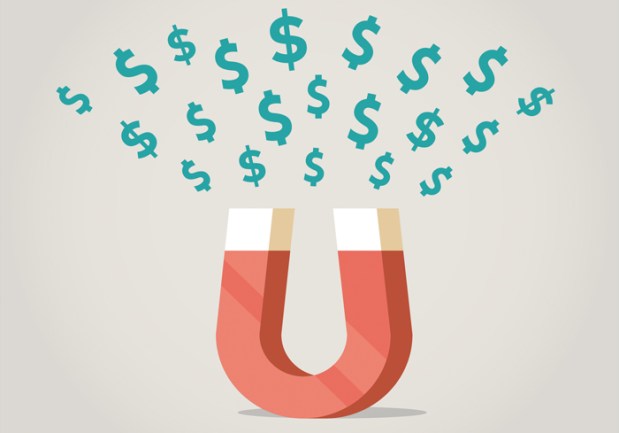Why Series A Funding Could Be Crushing B2B Startups

It’s a difficult truth. Even after successful seed rounds, most startups won’t receive the next round of funding needed to keep the business alive. According to research firm CB Insights, 61 percent of seed-funded companies won’t be able to cross the gulf to Series A. Every year, this harsh reality leaves thousands of startups with a promising businesses and no money. Funding shortages are most acutely felt by startups away from the hot costal markets of Silicon Valley and New York City. These startups, often B2B and almost always SaaS, aren’t sexy. They won’t challenge Facebook or be the next must-download app on college campuses, but they are poised to change the way hallmark American industries—from manufacturing to utilities—operate.
Over the past few years, seed funding is increasingly easy to come by. Once the domain of angel investors, there are plenty of ways new businesses can get the needed capital to get off the ground. Whether funded by friends and family, bootstrapped or crowdfunded, seed money has never been more available. In 2014 the average seed round clocked in at $1 million, according to Pitchbook. Not that every startup needs all of it upfront. The barriers of entry for a new startup are lower. The price of hardware and the cost of developing software have continued to drop. Startups can often get by on a few hundred thousands and seek additional funds as needed.
Access to seed money has increased, but the amount of Series A money hasn’t. In fact, it’s pretty much remained stagnant since the post-2009 recovery. Meaning more seeded companies are fighting for fewer Series A spots. The rules for gaining access to Series A money haven’t changed. Last year, the average Series A round brought in $4.1 million and required a pre-money valuation of $12.9 million. In comparison, the average seed company had a $5.3 million pre-money valuation. To even get in the door at a VC, startups are looking at major value creation.
When it comes to value, B2B startups face counterparts, enterprise-focused companies can’t tell the tale of the millions of potential users. Glen Coates, founder of B2B eCommerce SaaS tool Handshake, points out taking his company to VCs was harder. A smaller consumer base and tangible product execution grounded the discussion in real-world terms. “It forced the conversation away from ‘How big could this be?’ into ‘The road from your current revenue to $100 million seems pretty long,’” he wrote for PandoDaily.
Stiffer competition for Series A funding may weed out the weak from the strong among consumer startups; but it could stall the next industrial revolution. Blair Garrou, managing director of Mercury Fund, which specializes in early-stage companies in the Midwest, believes supported by the rise of the Internet of Things, Big Data and mobile technologies, America’s industrial ecosystem is ripe for disruption. The disruptors won’t come from the coasts, but be born of the so-called “flyover” states. Many Series A investors gloss over startups in the middle of the nation. Garrou notes exit values are lower because buyers generally don’t want to run offices away from the major tech hubs and talent can be harder to come by. Some investors have stepped in to fill the void. Steve Case, the founder of America Online and current CEO of investment group Revolution LLC is on a mission to showcase the innovations coming out of America’s heartland. The group invests 90 percent of its capital outside of Silicon Valley.
Slow to no funding forces startups to reduce growth to work within the resources they are able to attain, meaning a longer, tougher road to meeting the Series A value requirements. Without access to the funds needed to grow, investors are ignoring many of the startups that may bring them and the American economy the most value.
